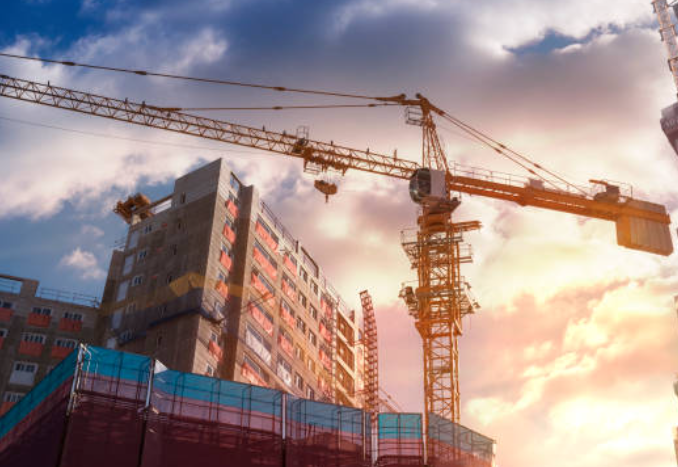
Posted on Wednesday, October 9, 2024
As the commercial construction industry increasingly prioritizes sustainability, roll forming technology emerges as a key player in achieving eco-friendly building practices. Roll forming machines are instrumental in producing metal components that not only meet the aesthetic and structural demands of commercial projects but also align with sustainability goals.
One of the primary advantages of roll forming is its efficiency in material usage. Unlike traditional manufacturing processes, which often result in substantial scrap and offcuts, roll forming utilizes continuous coils of metal. This approach allows for precise cutting and shaping, significantly reducing waste. The ability to adjust the production process to fit specific project requirements means that builders can optimize their material usage, further minimizing excess.
The metal components produced through roll forming are inherently recyclable. Steel, aluminum, and other metals can be repurposed at the end of their lifecycle, contributing to a circular economy. This recyclability is a vital aspect of sustainable construction practices, as it allows materials to be reused rather than ending up in landfills. Builders can confidently choose roll-formed products knowing they will maintain their value and utility long after their initial use.
Commercial builders aiming for LEED (Leadership in Energy and Environmental Design) certification can leverage roll forming technology to source materials that meet stringent green building standards. LEED certification encourages the use of sustainable materials, including those produced through environmentally friendly manufacturing processes. Roll forming allows manufacturers to create products with lower environmental impacts, contributing to credits under the LEED rating system.
For instance, roll-formed metal components like roofing panels, wall cladding, and structural elements can all be crafted from recycled metals or designed for energy efficiency. By utilizing these materials, builders can significantly enhance their projects’ sustainability profiles while adhering to LEED criteria.

Most Popular Roll Forming Machines in the United Kingdom
Posted on Thursday, December 11, 2025
This blog breaks down the five most in-demand roll forming machines in the UK

Can I Finance a Roll Forming Machine?
Posted on Thursday, December 11, 2025
Financing a roll forming machine is easier than most buyers think. Here’s how leases, loans, and payment plans make production affordable.

Roll Forming Machines for Sale in the UK: What Buyers Need to Know Before Purchasing
Posted on Thursday, December 11, 2025
This complete guide explains everything UK buyers must know before purchasing, including machine types, voltage requirements, CE/UKCA compliance

Roll Forming Machines for Sale in the USA: What Buyers Need to Know Before Purchasing
Posted on Wednesday, December 10, 2025
This guide explains everything U.S. buyers need to know before purchasing a roll forming machine, including machine types, pricing, voltage
Copyright 2026 © Machine Matcher.